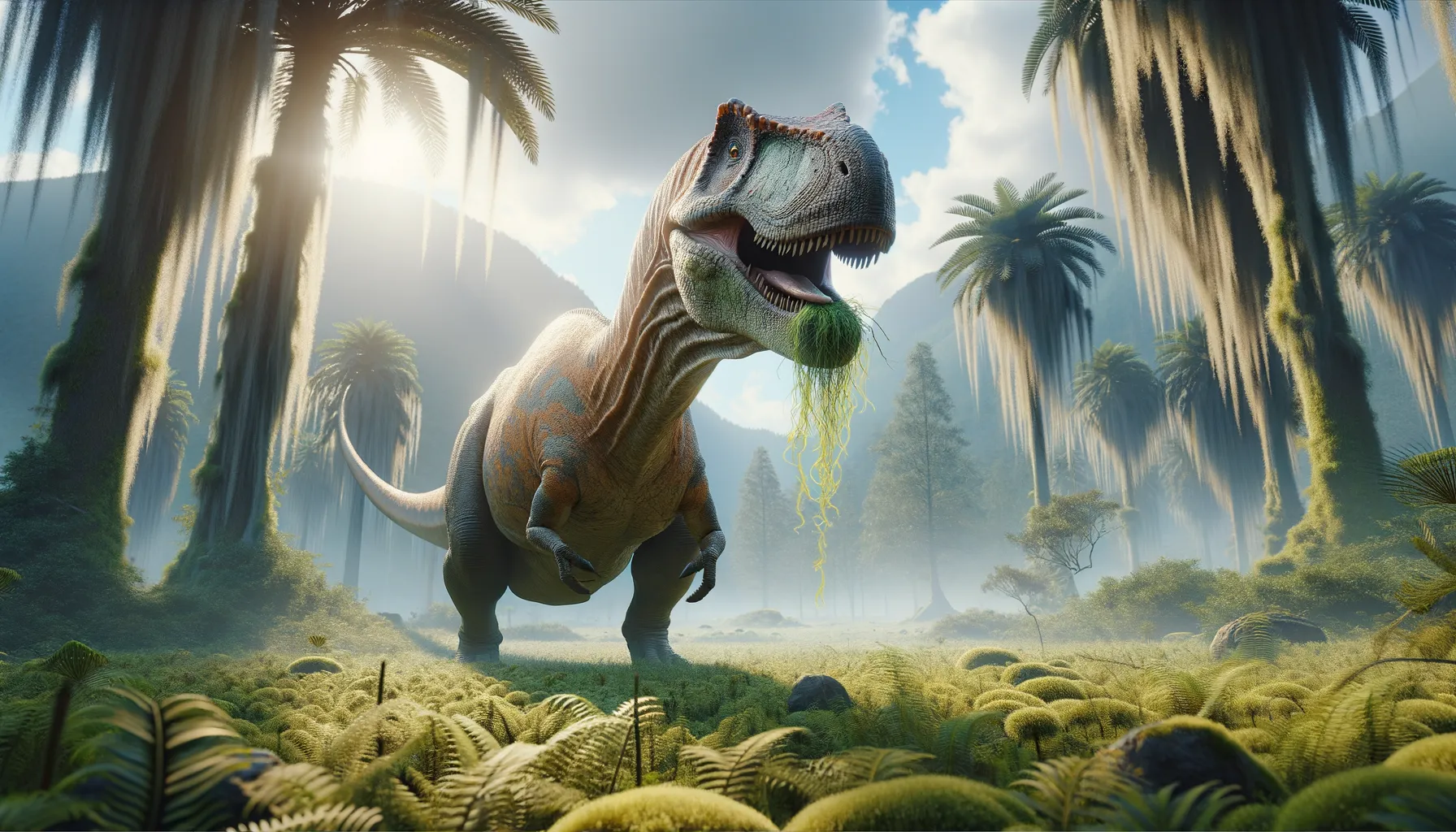
Limnosaurus
The gentle giant of the Cretaceous.
Period
Cretaceous
Length
Reached up to 9 meters in length.
Height
Approximately 2 meters tall at the hips.
Weight
Around 4.5 tons.
Limnosaurus was a large herbivorous dinosaur that roamed the Earth during the Cretaceous period. Known for its duck-billed appearance, it was primarily found in what is now North America. Limnosaurus had a bulky body and strong legs to support its weight. Its flat, wide mouth allowed it to chew on tough vegetation, making it well adapted to the environment in which it lived. It played a crucial role in the ecosystem as a primary consumer of plant life.
Diet
Limnosaurus was herbivorous, primarily feeding on the abundant plant life of its time. It grazed on ferns, cycads, and conifers, using its flat teeth to grind down tough vegetation.
Hunting
As a herbivore, Limnosaurus did not hunt for food. Instead, it relied on its strong jaws and teeth to strip foliage from plants and trees.
Environmental challenges
Limnosaurus faced various environmental challenges, such as changing climates which could alter the availability of food sources. It also had to adapt to potential predators, although its large size offered some protection. Seasonal changes might have forced it to migrate to find more suitable grazing areas.
Speed
Slow-moving due to its large size.
Lifespan
Estimated to be around 30 years.
First discovery
Discovered in the late 19th century by E.D. Cope.
Fun Facts
- Limnosaurus, whose name means 'marsh lizard,' was discovered in the late 19th century.
- Initially, Limnosaurus was thought to be a type of hadrosaur, or duck-billed dinosaur, but later studies clarified this.
- Limnosaurus was herbivorous, meaning it primarily fed on plants and vegetation.
- Its fossils were found in North America, indicating it lived in areas that were once swampy.
- The reconstruction of Limnosaurus's physical appearance has changed over time as new fossil evidence becomes available.
- Limnosaurus lived during the Late Cretaceous period, which was about 70 million years ago.
- While not as famous as some other dinosaurs, Limnosaurus adds important information to the understanding of prehistoric ecosystems.
Growth and Development
Limnosaurus hatched from eggs and underwent several growth stages before reaching adulthood. Juveniles were likely more vulnerable to predation, growing quickly to reach sizes that deterred predators. Proper nutrition was crucial for development, especially in early life stages.
Habitat
Limnosaurus inhabited coastal and inland areas, where it thrived in lush forests and floodplains. These environments provided the necessary vegetation for sustenance. Access to water bodies was also important for drinking and possibly for escaping predators.
Interaction with other species
Limnosaurus interacted with various species within its ecosystem, including other herbivorous dinosaurs, which may have fed alongside it. Predatory dinosaurs posed a threat, leading to possible pack behavior for protection. It also played a role in seed dispersal through its feeding habits.
Natural lifespan
In optimal conditions, Limnosaurus could live up to 30 years.
Reproduction
Limnosaurus reproduced via eggs, which were probably laid in nests or in secluded areas to protect them from predators. Parental care might have been limited, with young presumably left to fend for themselves soon after hatching.
Social behaviour
Limnosaurus might have lived in herds, which could offer protection from predators. Social structures could help with locating food sources and communicating danger. Their movement in groups may have minimized attacks by predators.
Fossil locations
Fossils of Limnosaurus have been primarily found in North America, providing insight into its habitat and lifestyle. These remains help researchers understand its anatomical features and how it fit into the ecosystem during the Cretaceous period.
